Flowers are often used in art to symbolize different spiritual truths about Our Lady.
Lenten Campaign 2025
This content is free of charge, as are all our articles.
Support us with a donation that is tax-deductible and enable us to continue to reach millions of readers.
Flowers have always been associated with the Blessed Virgin Mary. There is even an early tradition that states when the apostles went to open Mary’s tomb, they found it filled with the most fragrant flowers, confirming that Jesus took her up to heaven after she died.
In particular, there are five flowers that are closely connected to the Virgin Mary and are often used in art to symbolize different spiritual truths about Our Lady.
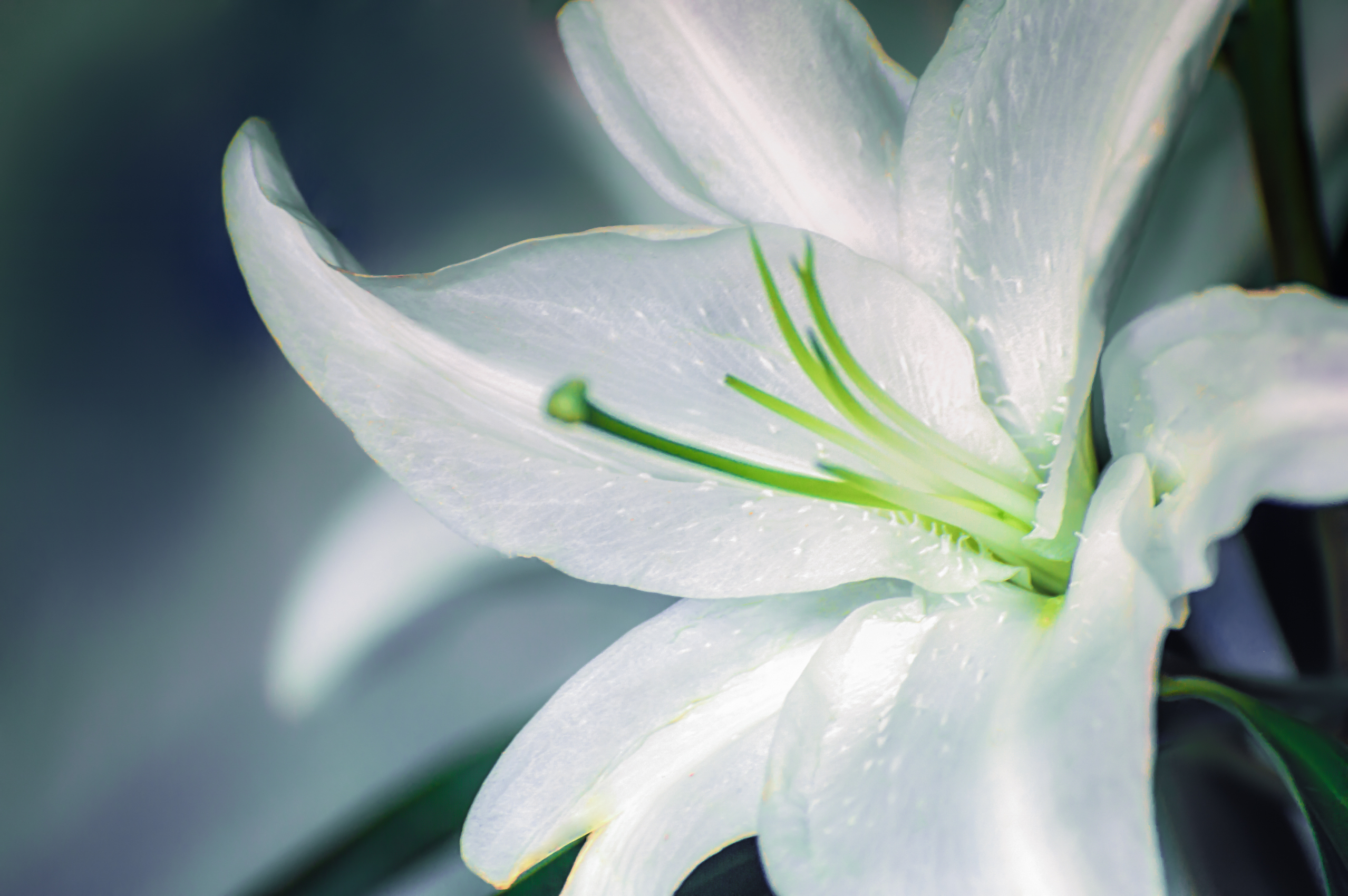
Lily
The lily symbolizes purity, innocence and virginity. The Archangel Gabriel is often depicted in scenes of the Annunciation giving Mary a lily. Additionally, there is a white day lily that only blooms around the time of the Assumption in mid-August and is known as the “Assumption Lily” (though it is actually a variation of a hosta).
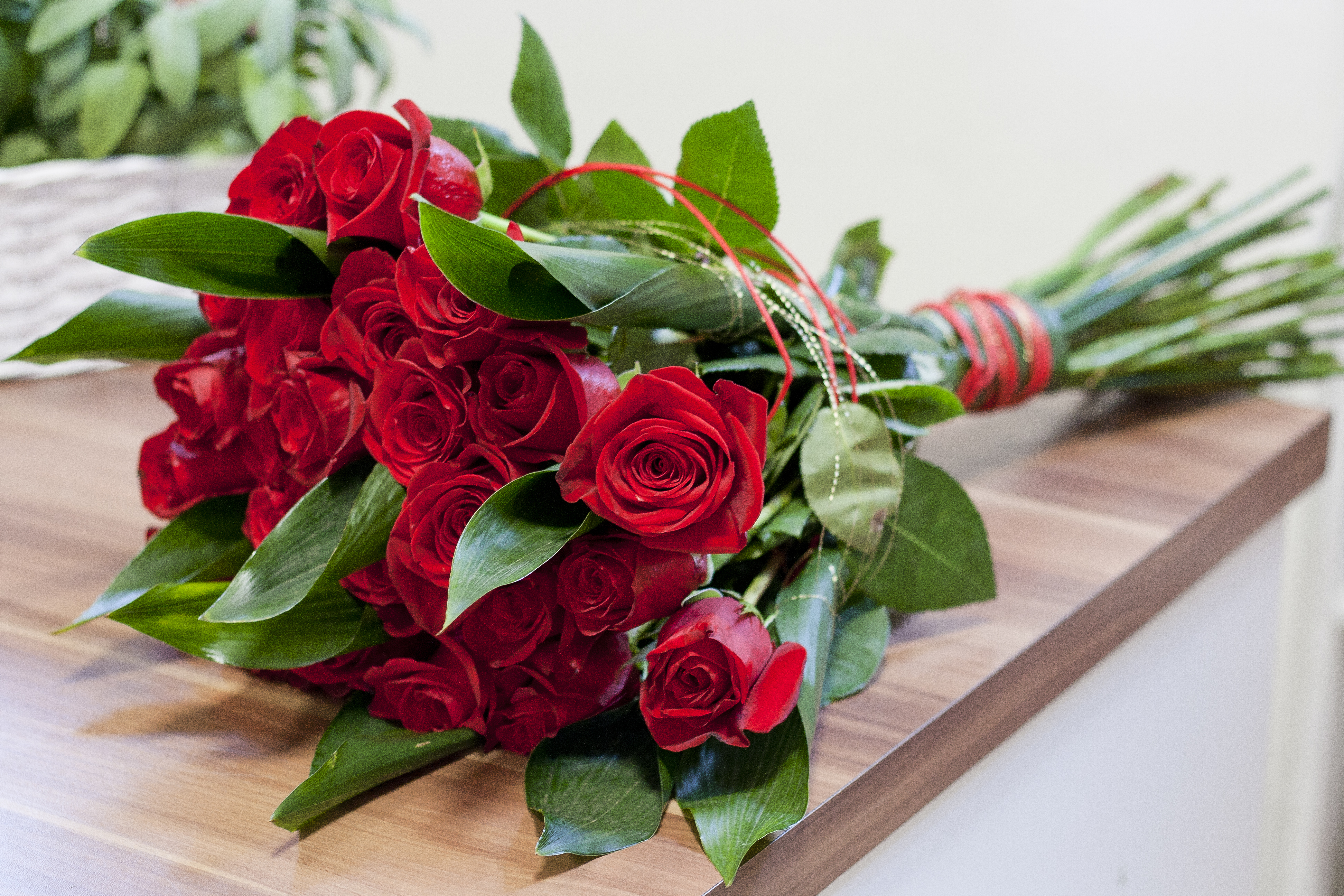
Rose
The rose is sometimes used to represent heavenly joy when worn as a crown by saints, while its thorns often point to Original Sin. The Blessed Virgin Mary is called the “rose without thorns.” Mary has also been given the title of “Mystical Rose.” The Rosary is sometimes visually represented in art as a garland of roses given to Mary.
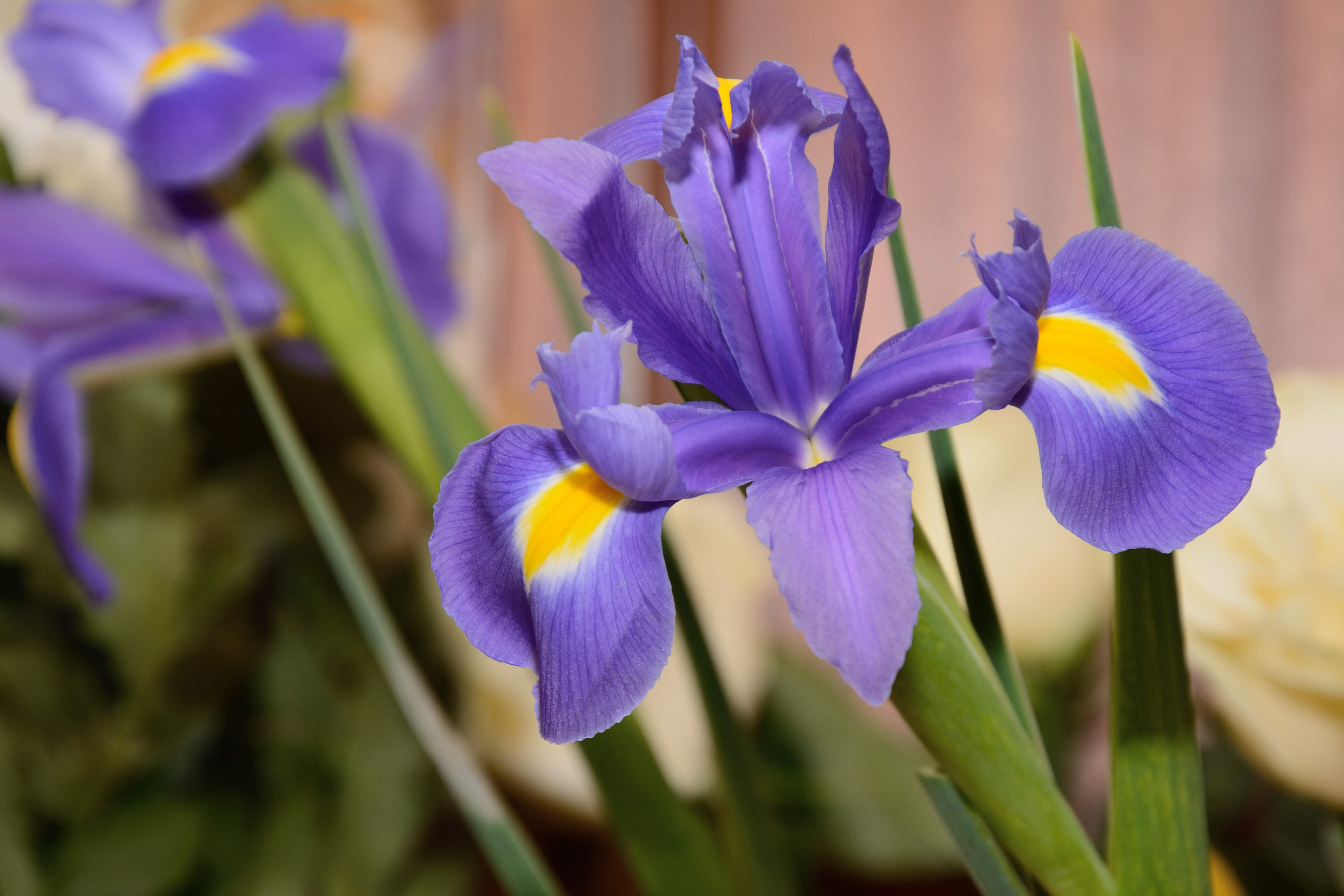
Iris
The iris is sometimes called the “sword lily,” and for this reason was used most often in connection with Our Lady of Sorrows.
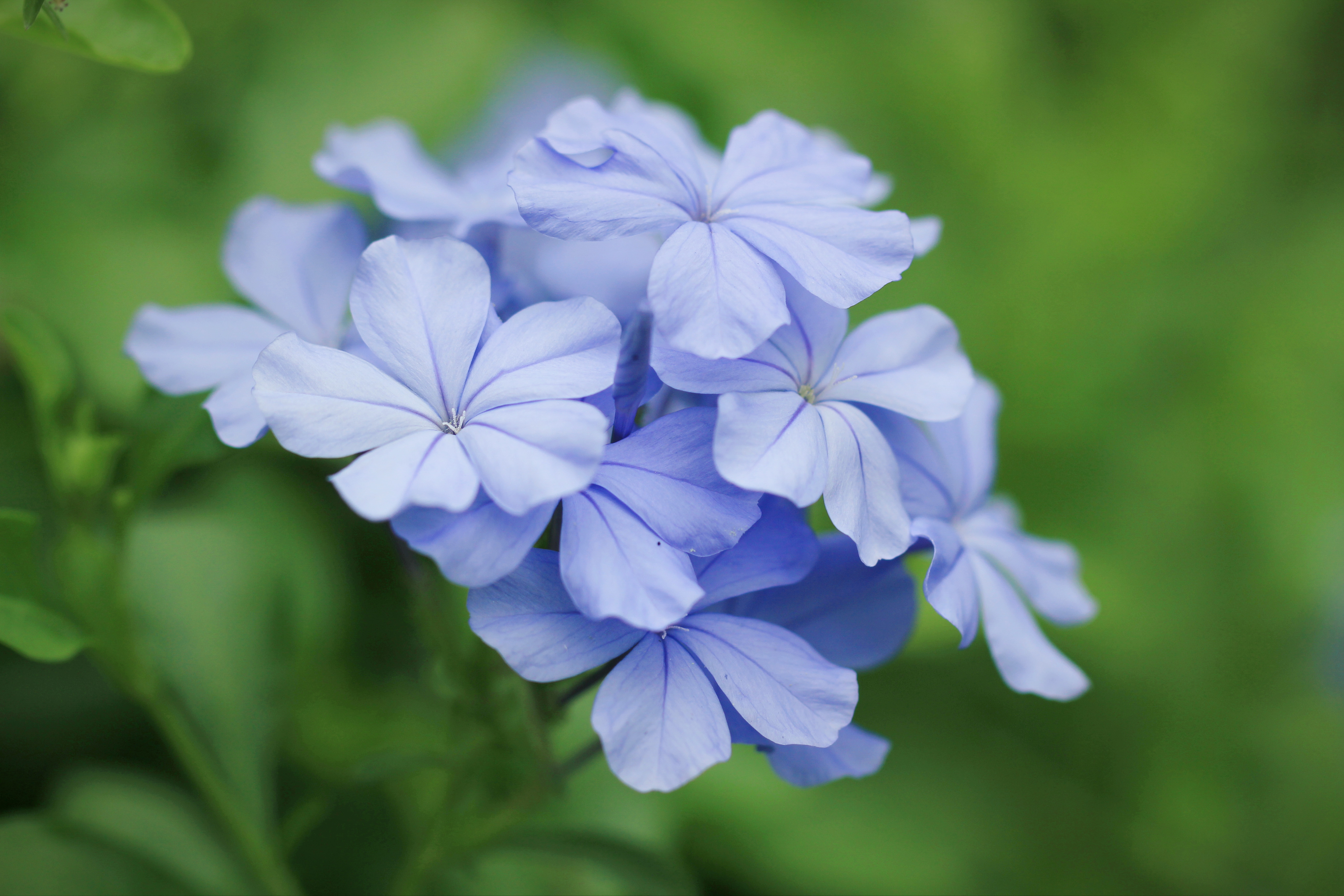
Periwinkle
The periwinkle is also named the “Virgin Flower” and its blue color connects it to Mary, who is usually depicted wearing blue.
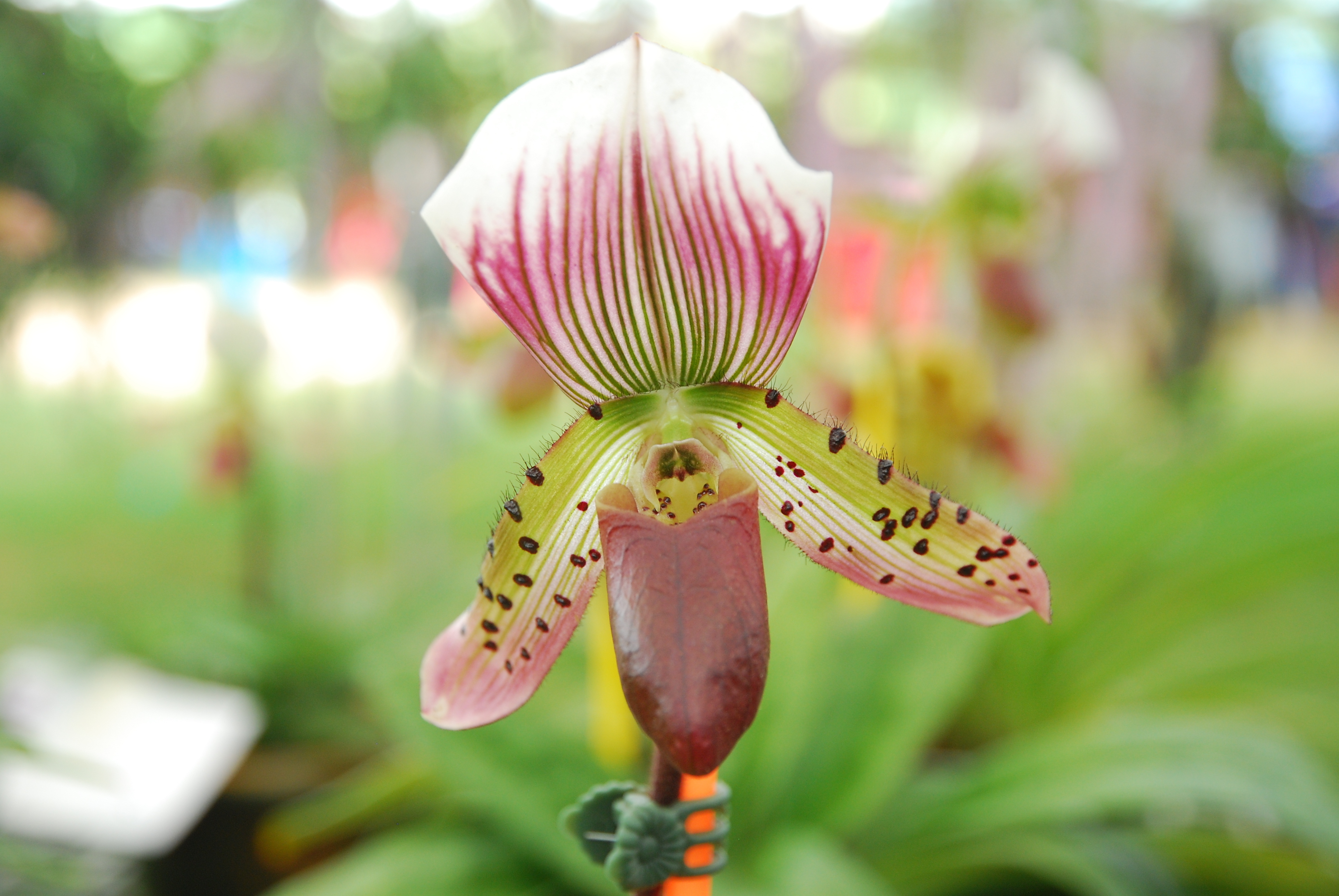
Lady’s Slipper
Originally referred to as “Our Lady’s Slipper,” this flower has a popular legend that says they first sprang forth at the touch of Mary’s foot.











